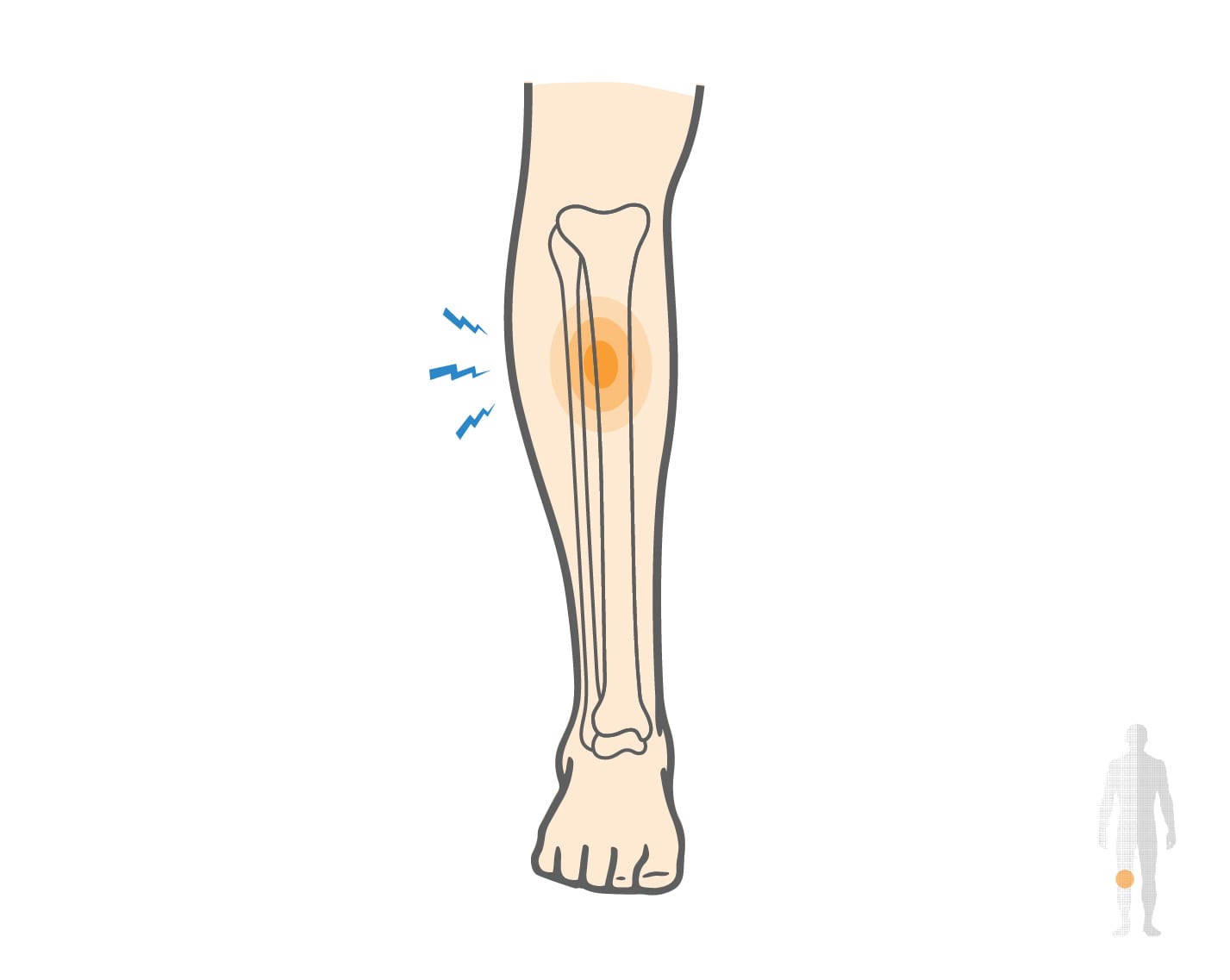Pes anserine bursitis is inflammation of the pes anserine bursa in the knee. The pes anserine bursa is located between the shinbone and the three tendons of the hamstring that connect at the inner side of the knee, a common site of inner knee pain or medial knee pain.
A bursa is a small sac filled with fluid that sits between a bone and a tissue, like a muscle, in order to reduce friction. Without a bursa, the bone and tissue would rub against each other, eventually wearing a hole in the tissue, much like when a hole is worn into a sock. Bursae are located all throughout the body. When strain is placed on a bursa, it can become irritated and inflamed, resulting in bursitis, which can lead to knee swelling and discomfort.


